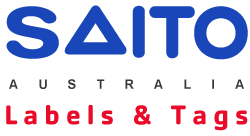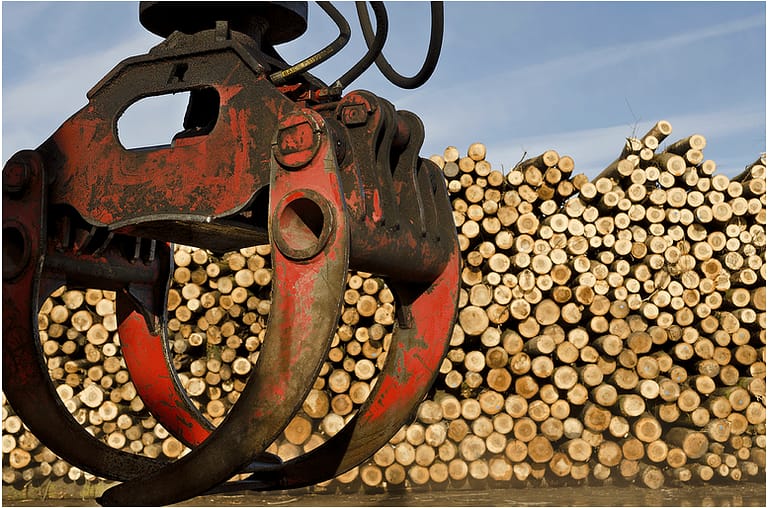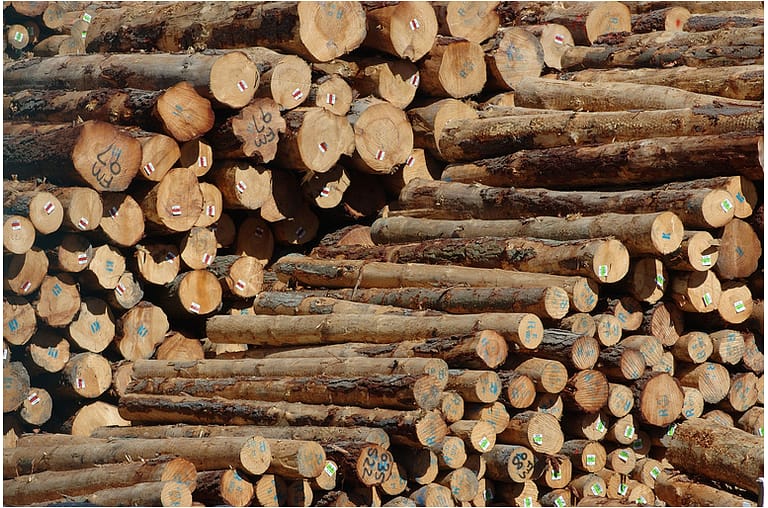Timber & Forestry
No timber operation is the same – even two mills side by side in the same neighbourhood will have unique processes and sometimes produce different products. Therefore, Saito have developed an 8-step process that we use to assess the business and recognise opportunities for efficiency gains, we call it Saito DNA – Detailed Needs Analysis. In this way we can apply our knowledge, expertise and experience to your processes.
Saito can help with Traceability:
IN THE NURSERY
A forest nursery usually requires historic “soft” records of the genetic make-up of the seedlings and any tree cuttings throughout its facility. This is often runs into tens of millions of trees, many of which may be in seedling trays. Plus, they may seek to record where these seedings were despatched to in regard to the destination plantation plot. All seedlings are usually planted in the winter season and a fresh batch of seedlings begins the next season so a 100% turnover annually of seedlings produced.
IN THE SAWMILL
The log’s final journey is through a sawmill where it is turned into timber products. It is at this point that the timber is graded via a density meter. The ability to trace back twenty-eight or more years to the original genetic seedling and capture yield data on a specific forest plot of timber can provide vital information for future decisions on both seedling type for that location and / or improvement in genetics. Saito have specialised in the timber industry for over three decades.


Saito Can Help Your Nursery:
- Sequential number and barcode label each seedling tray for data capture on: –
• Location within the nursery
• Fertilisation or other nutrients
• Load out and / or dispatch to plot.
Saito Can Help Your Sawmill:
- Treatment tags to denote the grade treated to
- Outer pack labelling and tags to trace finished goods
- Staplers and taggers for attachment of tags
- Thermal label printers (industrial, desktop and portable)
- Tethered and portable barcode scanners for load out and / or stocktake
At Saito, we offer your sawmill both the equipment and tags for treatment identification, packet labelling, kiln drying and a range of other processes. Tags and tickets that are designed to work in your environments, we have a range of weights specially developed for these harsh conditions, using a premium product developed specifically for Saito’s clients; Handi-Flex.
The same material is used on ports for logs exported. Saito supplies log tags to companies from Madagascar to Uruguay including right across the South Pacific. Exporters in Papua New Guinea, Australia and New Zealand use Saito’s log tags for JAS tracking.
Saito can help with Compliance:
The Building Act 2004 and the Building (Product Certification) Regulations 2008 provide the legislative basis for the CodeMark scheme in Australia.
The regulations prescribe the:
- criteria and standards for accreditation as a product certification body including the fees payable to the accreditation body
- criteria and standards for certification of products
- minimum content for product certificates
We developed the current product certification scheme, known by its brand name CodeMark, in conjunction with the Australian Building Codes Board (ABCB) as the trans-tasman building products market is becoming increasingly integrated. The scheme operates in both Australia and New Zealand in accordance with the CodeMark Scheme Rules.
JAS-ANZ (the Joint Accreditation System of Australia and New Zealand) has been appointed by us and the ABCB as the body responsible for assessing and accrediting product certification bodies.
Accredited product certification bodies are the only companies who can evaluate products for CodeMark and issue CodeMark certificates. They must follow the CodeMark Scheme Rules when doing so.
AS/NZS 1604
The objective of this Standard is to provide minimum specifications for preservative treated wood-based products for use by manufacturers (treaters) and to facilitate the correct specification and use of preservative-treated wood-based products by designers, specifiers and others.
AS 1684
Residential Timber Framed Construction is a four-part Australian Standard covering design criteria, building practices, tie-downs, bracing and span tables for timber framing members. It is also referred to as the Timber Framing Code. By complying with this Standard, users are Deemed to Satisfy the requirements of the Building Code of Australia.
AS 1684
Residential Timber Framed Construction is a four-part Australian Standard covering design criteria, building practices, tie-downs, bracing and span tables for timber framing members. It is also referred to as the Timber Framing Code. By complying with this Standard, users are Deemed to Satisfy the requirements of the Building Code of Australia.
Saito Can Help With Your AS/NZS 1604:
- Provide treatment tags depicting Plant ID from the national register I Preservative used I Hazard Class
- Provide a tagging gun for easy affixing of tags onto treated boards
- Provide staples
Saito Can Help With Your AS 1684:
- Provide hi-res inkjet to mark every board with mill brand / logo plus hazard class, production date and verification details
Saito Can Help With Your AS 3660:
- Provide treatment tags depicting Plant ID from the national register I Preservative used I Hazard Class
Related Brochures:
Timber & Forestry
![]()
FasTagger II & HANDi-Fasten Solutions
![]()




